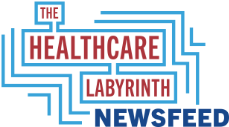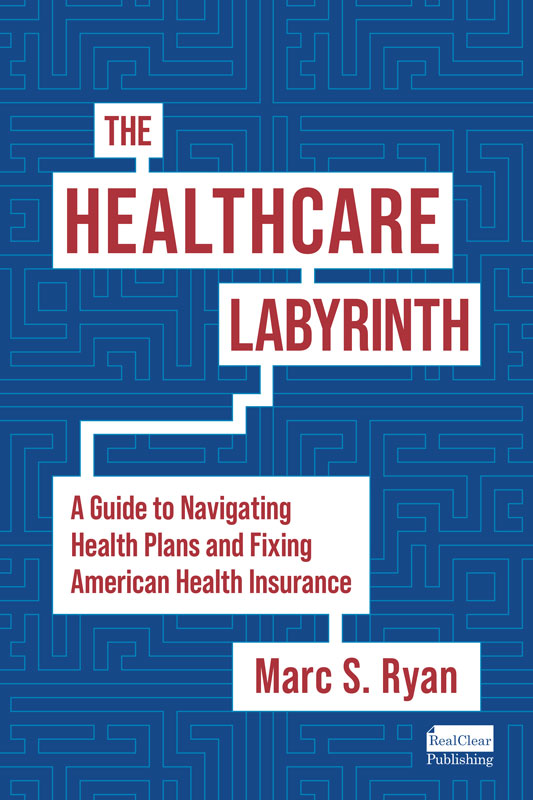Glimpse At MA Plan Contraction for 2026
The Medicare Plan Finder for Medicare plans went live today and gave us a glimpse of the plan contractions in Medicare Advantage (MA) for 2026. The recent release of the so-called landscape files did so as well.
The number of plans nationwide remained about stable at 5,600 products, but this is a net of expansions and contractions. Major health plans contracted in a number of areas and especially contracted the Preferred Provider Organization (PPO) product.
An ATI Advisory analysis says individual MA plans will decrease 9% compared with 2025. Individual excludes Special Needs Plans (SNPs) and employer group MA. Individual Health Maintenance Organizations (HMOs) and SNPs grew. Chronic Care SNPs are up 42% from 2025.
United county penetration is down 4% nationally, while Humana is down about 6.8% and Aetna down 4.4%. Both Elevance Health and Centene are expanding coverage, up 2.7% and 2.8%, respectively. United had said contraction would impact 600,000 enrollees.
In other news, disputes between plans and providers are up. FTI Consulting says there were 79 confirmed contract disputes between insurers and providers this year as of Sept. 1. Half related to MA, and 20% were unresolved at the beginning of September.
Further, a new survey shows that confusion and concerns of Medicare beneficiaries as open enrollment begins.
Additional articles: https://www.modernhealthcare.com/insurance/mh-aetna-unitedhealth-humana-medicare-advantage-plans-2026/ and https://www.modernhealthcare.com/insurance/mh-insurer-health-system-network-contract-splits-ramp-up/ and https://www.beckerspayer.com/payer/confusion-among-medicare-open-enrollees-9-things-to-know/ and https://www.beckerspayer.com/payer/insurers-launch-2026-medicare-plans/ and https://www.beckerspayer.com/payer/medicare-advantage/big-ma-market-exits-are-not-fazing-all-insurers/
(Some articles may require a subscription.)
#medicareadvantage #enrollment #2026 #providers
https://www.fiercehealthcare.com/payers/look-insurers-medicare-advantage-plans-2026





